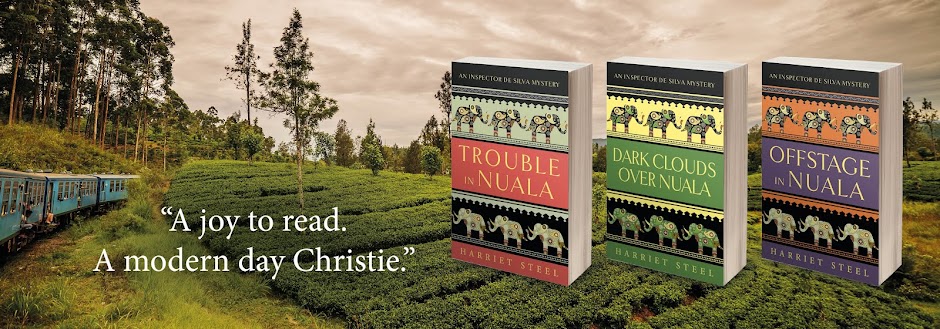I'm delighted to welcome Margaret Mountford. Most people know her from the TV as Alan Sugar's formidable right-hand woman in the UK version of The Apprentice but today we'll be talking more about other things, in particular her interest in ancient history and the study of papyri.
Margaret, thank you so much for accepting my invitation.
MM - Thank you for inviting me. It's a pleasure to be here.
HS - You had a very successful career as a high-flying
corporate lawyer. What decided you to give it up and return to academic study?
MM - I decided to give up the law because I felt I’d done it for
long enough (25 years!) and didn’t want or need to go on for another fifteen
years or so. The buzz had decreased and the hours weren’t getting any shorter.
I knew I wanted to do something different and for a while I considered going
into business in some way but then I decided that what I’d really like would be
to go back to being a student. I studied Classics, ultimately completing a PhD
in the study of papyri.
HS - Like many people,
I associate papyri with ancient Egypt
HS - Do the papyri you research deal with any particular
aspect of Egyptian life at the time? What was the attraction to that?
MM - I’m not really interested in ancient literature, so the
papyri I study are what we call documentary, and are largely the legal and
administrative ones, including court documents, contracts and documents
recording transactions involving land, but also include anything else which was
written down, like private letters and accounts, even laundry lists and lost
donkey notices.. There were many wealthy estates in Egypt
HS - How were these
papyri found?
MM - Papyri have been found in all sorts of places including
rubbish tips. Old, unneeded papyri were often pulped up to make the papier
maché known as cartonage which was used to make mummy cases – a rather grim
example of recycling! Most of the ones I’ve studied were dug up at the
beginning of the twentieth century by two Oxford
scholars working on ancient rubbish tips around what was then a sleepy little
village on the banks of the Bahr
Yusuf River
HS - Is your work done in libraries or have there been times
when you’ve got your hands dirty?
MM - The papyri that I study are kept in the Sackler Library in Oxford
HS - As well as doing demanding academic work, you’ve forged a
career on TV and become a household name in the UK
MM - There is a time limit for completing a PhD and I don’t think
I would have been able to comply with it if I’d continued with the show.
Filming was full time for the couple of months or so every year it took to make
a series
MM - Not particularly, but if I was offered something really
interesting I’d seriously consider it.
HS - When you have time to read for pleasure, what kind of
books do you choose?
MM - Whatever catches my eye in the bookshop – novels mainly and
I’m partial to a bit of fantasy. I really enjoyed Game of Thrones. The TV version was fun. It was filmed in Northern Ireland
MM - Opera, piano music and lieder – my favourite composers are
Verdi, Wagner, Schubert and Liszt.









